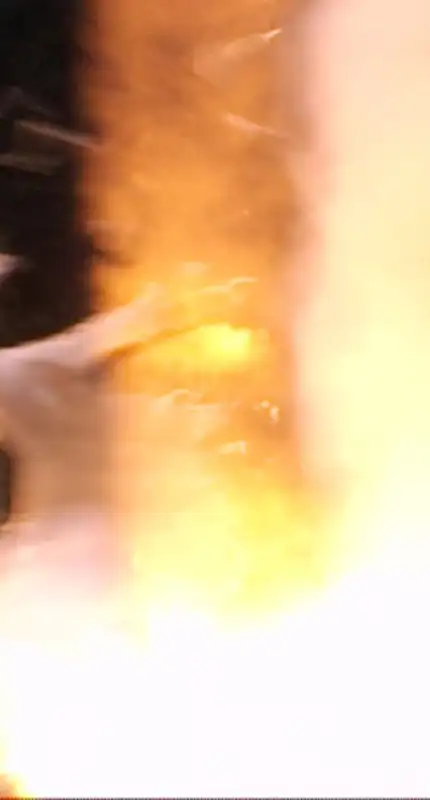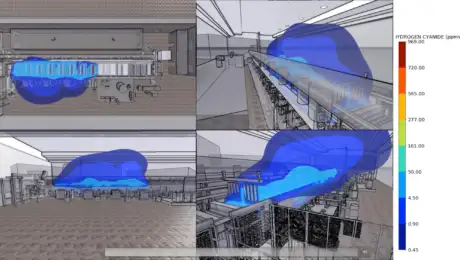
Guarding Against Gas Explosions: Innovative Safety Solutions for Hazard Mitigation
Ensuring safety against atmospheric explosions is vital to safeguard personnel, facilities, and the environment. A comprehensive strategy involves implementing preventive measures, following safety standards, and fostering a strong safety culture. This is particularly critical in industries like petrochemical, chemical, manufacturing, and energy, where flammable gases such as natural gas, propane, methane, and various hydrocarbons pose significant risks.
Gexcon has vast experience with the analysis of gaseous and particulate dispersion. Our expertise includes modeling of both dense gas and passive (tracer-like) releases. Applications include design-stage analyses to demonstrate regulatory compliance, risk assessment studies and accident investigations.

Atmospheric explosion safety solutions
Flammable Gas Dispersion
Hazardous area classification and risk mitigation and verification of location and design of relief devices
Dense Gas Releases
Liquefed Natural Gas (LNG)
Large-scale releases of chlorine, ammonia, and other gases
Accident Investigations
Cause and origin studies for flammable and toxic concentrations
Dispersion analysis of toxic and flammable gas releases
Homeland Security
Realistic analysis of toxic or radiological releases in urban settings
Safety Studies
Dispersion of natural gas, propane, and CO in homes, warehouses, etc.
Evaluate gas/CO detector placement
Dispersion of CO2, SO2, and fine particulate emissions from chimney stacks
Dispersion modelling using FLACS-CFD
Capable of simulating the dispersion of as-phase and particulate releases in complex environments FLACS-CFD can account for atmospheric stability, turbulence and thermal effects.
When applied to flammable gas leak scenarios, FLACS-CFD can simulate both the gas dispersion and the overpressures from an ignited cloud.
What solutions are you seeking?
Blogs
Webinars
Read our gas related articles.
-

Blog
How to model toxic dispersions in EFFECTS
Find out how to model the consequences of atmospheric dispersion for an accidental toxic release with EFFECTS consequence modelling software.
-

Blog
CFD analysis of explosions with hydrogen-methane-air mixtures in congested geometries
Advanced consequence models are crucial for grasping hydrogen-natural gas mixture behaviour, aiding design and estimating accident impacts.
-

Blog
Fire and explosion hazards: What to expect if there is a leak
This article highlights the importance of assessing the consequence of potential hazardous chemical releases and introduces various LoC scenarios.







